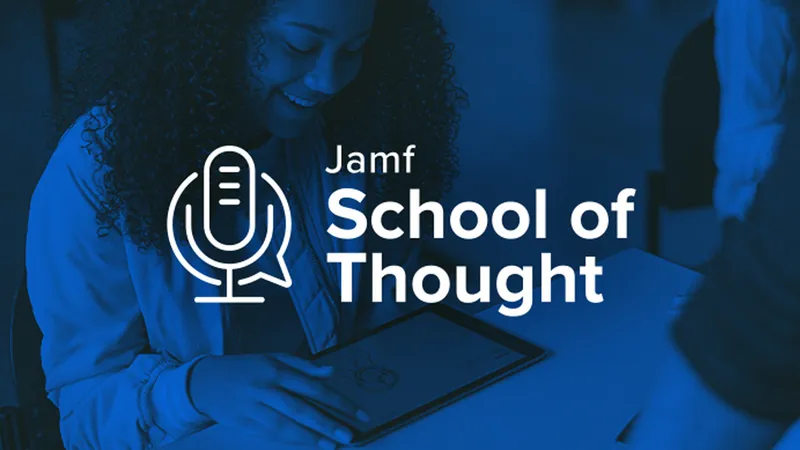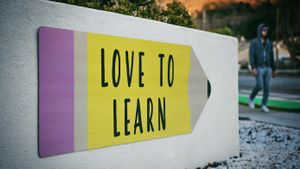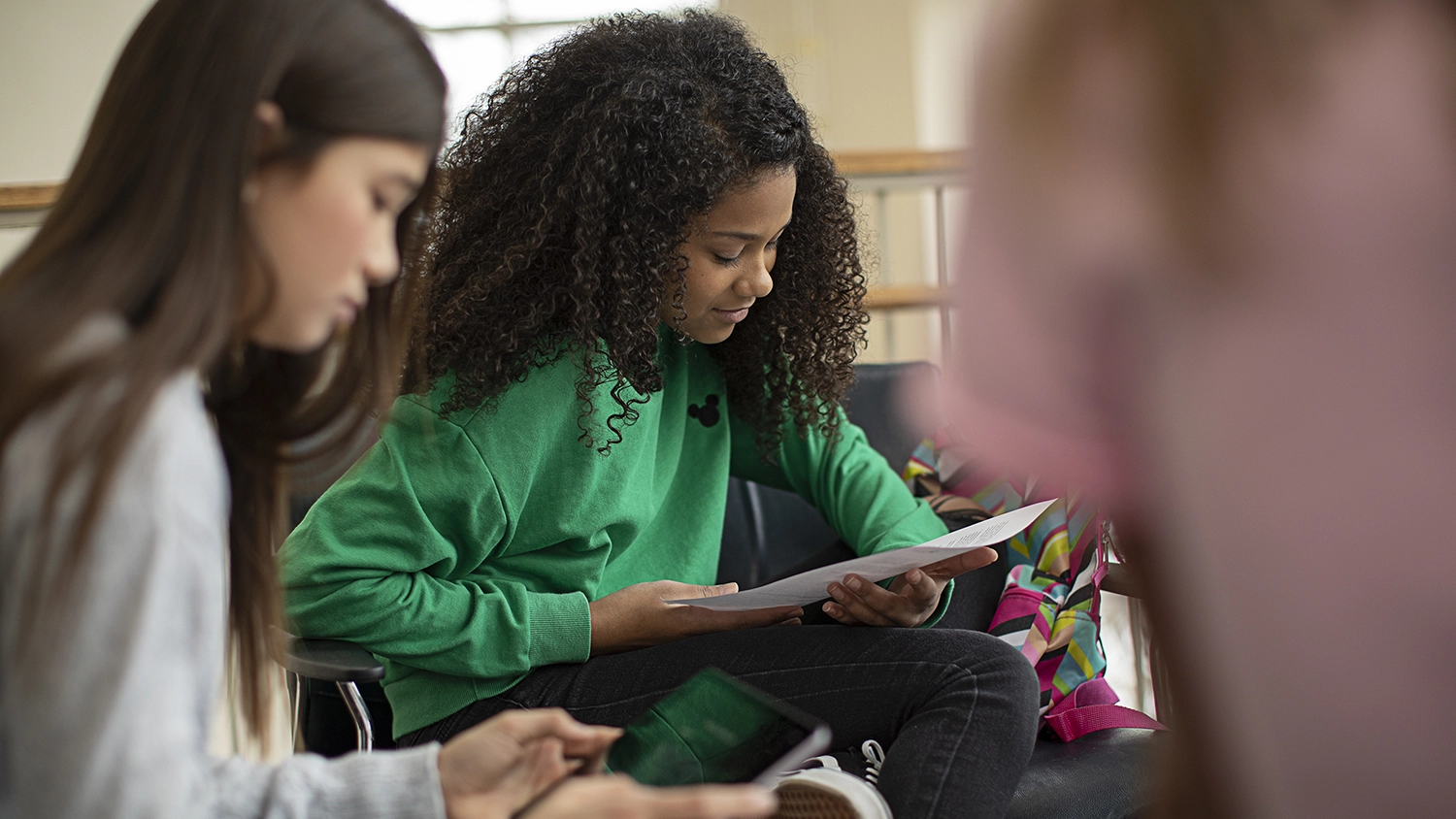
One of my favorite things about Jamf’s educational offerings is the way that we empower the end users who comprise the key stakeholders for schools. With special apps designed for teachers, parents and students, some of the abilities that IT admins hold are delegated to users for helping students to use technology safely and effectively. This translates to fewer IT tickets and a far greater degree of involvement for all three of these stakeholder groups — a win-win scenario if I’ve ever seen one!
In this blog series, I’m going to touch on the key features of how each group benefits from the end-user apps that can be used in conjunction with Jamf School. With this first installment, let’s explore what teachers can get out of the Jamf Teacher app.
Educational technology is a double-edged sword
Recent research corroborates our decades-old understanding that while technology is able to enhance the educational process and improve learning outcomes, it also brings with it tremendous potential for distraction. And distractions have only increased in the last two years, due in large part to the sudden global shift to emergency remote and hybrid 1:1 learning environments. Likewise, our efforts to provide “anytime, anywhere” learning have produced a double-edged sword of sorts, as students now possess the ability to use their device for non-school-sanctioned purposes.
In my work with teachers across the globe, I’ve found that an effective solution to these challenges is a healthy balance between engaging teaching practices and smart technology solutions. When paired with the Jamf School and Apple Classroom solutions, the Jamf Teacher app provides a powerful tool to focus learning and eliminate distractions.
Jamf Teacher powers classroom communications
Jamf Teacher serves as a front-line tool that educators can use to accomplish their primary needs in the classroom, starting with the capability to prepare lessons and share them with students. It’s also simple to use the app to send out messages to the whole class or individual students or to create an attention screen that will display on their devices. Finally, remote learning scenarios don’t present too much of a challenge, as teachers can generate links to invite students to scheduled or ad-hoc videoconferencing sessions.
Because Jamf wants educators to always feel comfortable using Jamf Teacher as their classroom app of choice, there are updates that iteratively improve usability and introduce new functionality. It’s also convenient to use the app in tandem with Apple Classroom, your school’s learning management system (LMS) of choice, or other solutions such as Google Classroom. For example, teachers can share an assignment with Jamf Teacher while using Apple Classroom to monitor students’ devices and make sure they stay on task.
Safelist and block apps to remove distractions in class
While your school’s IT department can use mobile device management (MDM) software like Jamf School or Jamf Pro to configure student devices and set restrictions, Jamf Teacher offers an additional layer of functionality that allows educators to take decisions into their own hands. Teachers can safelist apps that they want students to have access to, and block apps like iMessage or WhatsApp that are likely to divert attention away from schoolwork. Different classes can have access to different apps; there’s no need for a one-size-fits-all solution, as Jamf Teacher empowers educators to dynamically build their workflows to best serve each group of students.
You may want students to be able to use a wider range of resources during research assignments and classroom activities, but what about taking tests? Teachers can use the app to lock down student devices so that they can only access what they need for a test or assessment. They can even manage remote proctoring of exams! These features make it easy to flexibly promote productivity and prevent cheating at the same time. One educator we spoke to recently likes to let students use the LMS and Notability, a note-taking app, during tests; approving those and blocking everything else is simple using Jamf Teacher.
Time-based restrictions strike a balance between focus and fun
Of course, we want students to be able to derive all possible benefits from their devices, up to and including playing games and socializing with friends when they are no longer expected to perform schoolwork. For students from lower-income households in particular, school-issued devices may provide their only access to these services, so it can be detrimental to keep their devices overly locked down during their free time at home.
Educators can avoid this problem by using Jamf Teacher to set time limits on lessons, so the devices remove restrictions when the lesson is over and students head home. As a side note, parenting adults can use the Jamf Parent app to oversee device use during these non-school hours — but we’ll get into that in our next installment.
Harness hidden student talents using creative constraints
In a delightful past conversation with the poet and educator Taylor Mali, we discussed the seemingly paradoxical way that imposing limitations on students often inspires them to take a more imaginative and ingenious approach to their work. I’ve learned to see this work of cultivating “finitude” — setting boundaries on students’ learning activities, offering them some tools and withholding others — not as a leash on their freedom, but rather as an indispensable method for focusing their minds and challenging them to think in new ways. By providing “creative constraints,” we can train students to face their limitations and find new answers and techniques.
That’s why I like to frame Jamf Teacher’s ability to restrict student app use not in purely negative terms — “avoiding” distractions or inappropriate activities — and more in terms of another way to unlock their hidden potential. Controlling what resources students have at hand is a vital teaching tactic, one that should be in the hands of educators and not just IT admins.
Don’t miss future installments in this series about how Jamf empowers parents and students!
Resource for teachers:
Getting Started with Jamf Teacher
Resources for IT administrators on configuring Jamf Teacher for use in Jamf Pro environments:
Sign up for a free trial of Jamf School to explore how it helps IT and end users in education.
Subscribe to the Jamf Blog
Have market trends, Apple updates and Jamf news delivered directly to your inbox.
To learn more about how we collect, use, disclose, transfer, and store your information, please visit our Privacy Policy.


